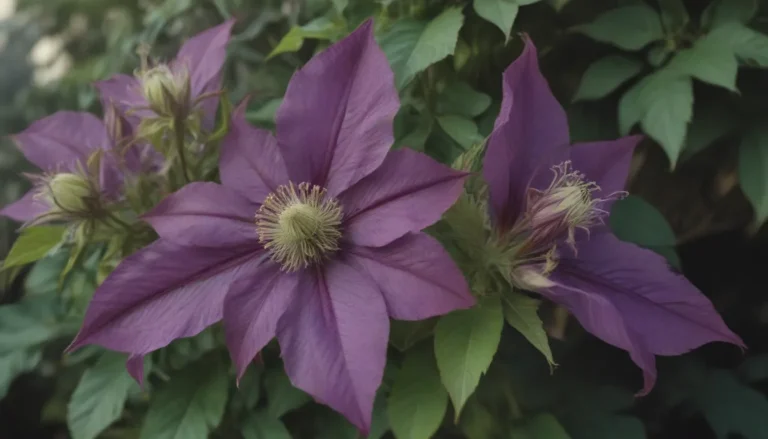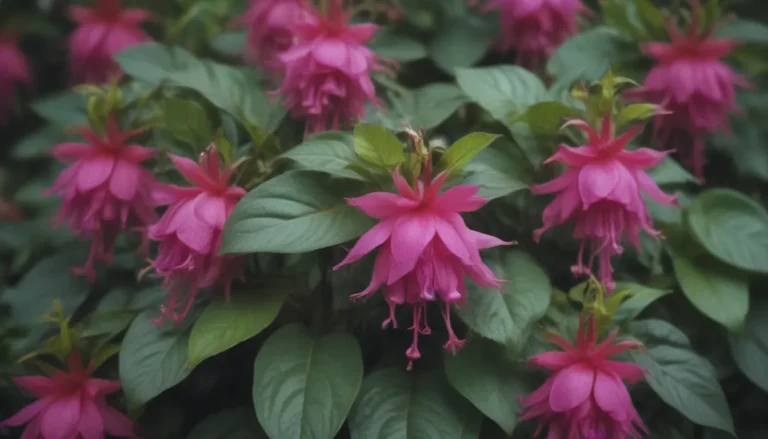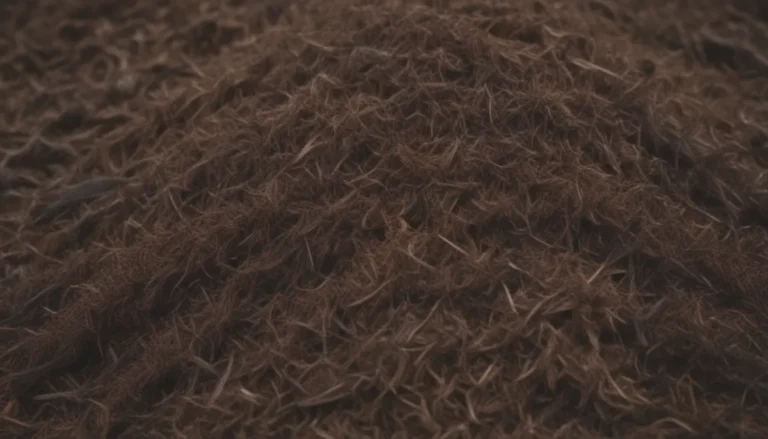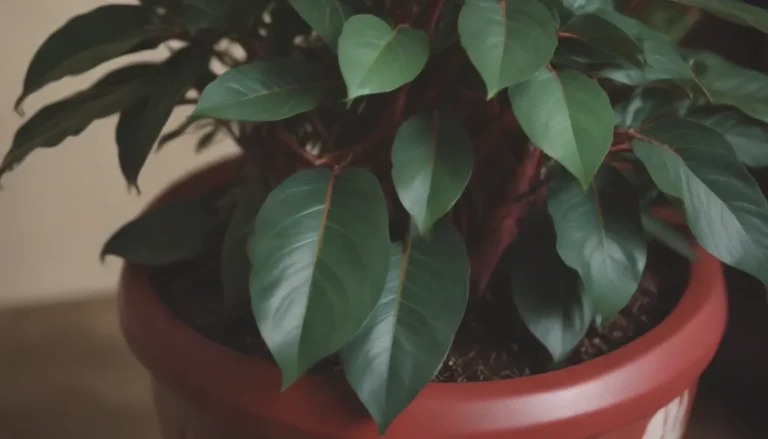A Comprehensive Guide to Growing and Caring for Bur Oak Trees
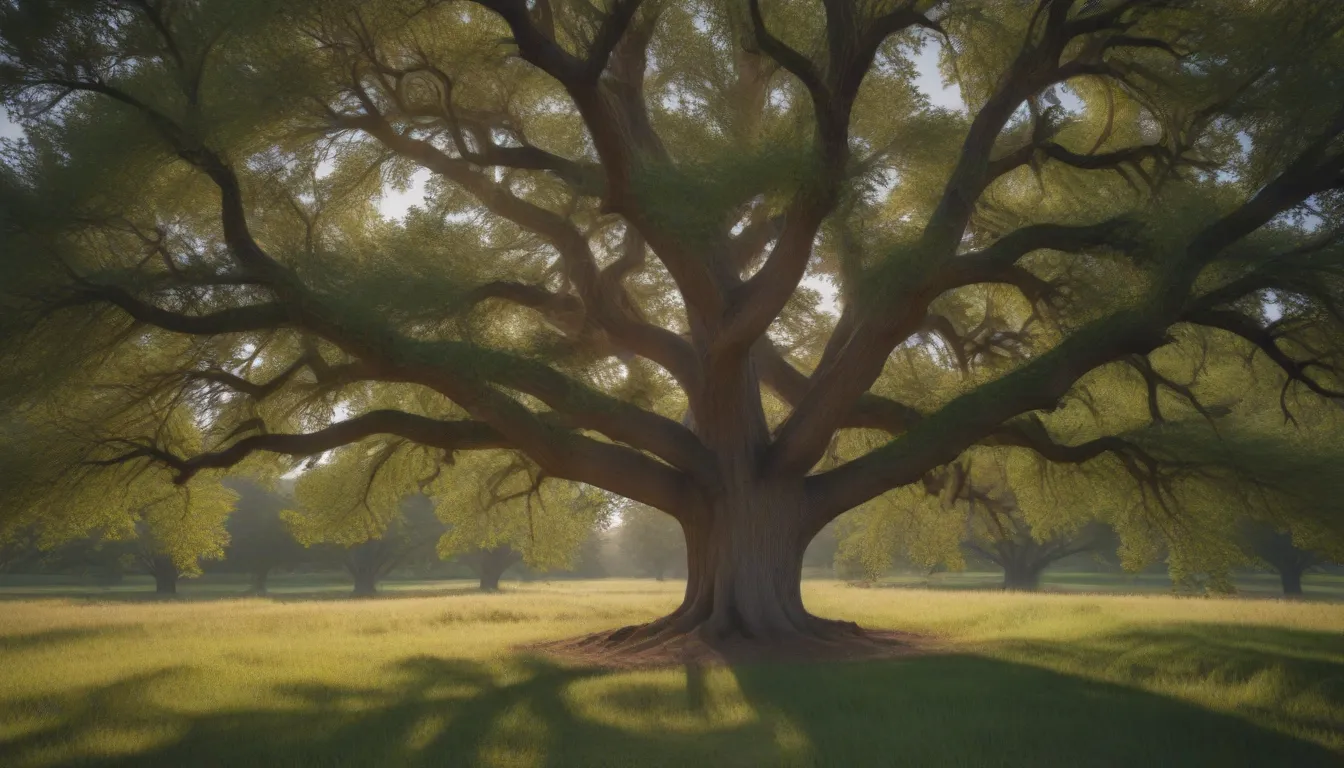
Are you interested in adding a majestic native oak tree to your landscape? Look no further than the bur oak, a slow-growing, long-lived beauty that can reach an impressive height of 90 feet. With its distinctive oblong leaves and deeply ridged bark, the bur oak is a stunning addition to any garden. In this comprehensive guide, we will walk you through everything you need to know about growing and caring for bur oak trees.
Understanding the Bur Oak
Before we delve into the specifics of caring for bur oaks, let’s take a closer look at this unique tree. The bur oak is identified by its dull green 8-inch oblong leaves with 7 to 11 lobes, hairy yellow-green undersides, and corky twigs. With its deep taproot and expansive roots, the bur oak is best suited for spacious areas where it can thrive. This tree thrives in full sun, tolerates various soil types, and is known for its cold tolerance, making it a popular choice for many gardeners.
Bur Oak Care Essentials
To ensure the successful growth of your bur oak tree, it is essential to provide the right care and conditions. Here are some key care requirements to keep in mind:
- Light: Bur oak thrives in full sun, so make sure it receives at least six hours of direct sunlight daily.
- Soil: This tree can adapt to different soil types, including sand, silt, and clay. It can also withstand compacted soils and poor drainage.
- Water: Newly planted bur oaks require deep and regular watering for at least two years. Once established, they are drought-tolerant thanks to their taproot.
- Temperature and Humidity: Bur oak is well-adapted to a continental climate with humid summers and subzero winters.
- Fertilizer: Avoid using high-nitrogen fertilizers, as bur oak typically does not require additional nutrients if planted in soil with good nutrient balance.
Types of White Oak Trees
Bur oak belongs to the white oak group of trees, sharing characteristics with other white oaks such as rounded lobes on the leaves and acorns that mature in a single season. Other white oak trees include:
- White oak
- Chinkapin oak
- Swamp white oak
- Post oak
Tips for Growing and Propagating Bur Oak Trees
Whether you are starting from seeds or cuttings, here are some tips for growing and propagating bur oak trees:
Growing from Seed
If you choose to grow a bur oak from acorns, follow these steps:
- Inspect acorns for cracks and holes, selecting fully intact ones.
- Plant acorns in a 1-gallon container with good drainage.
- Water regularly and provide adequate sunlight for germination.
Propagating from Cuttings
While acorns are the most common method, you can also propagate bur oak from cuttings. Here’s how:
- Take hardwood cuttings in late fall or early spring.
- Dip the cut ends in rooting hormone and plant them in a well-draining soil mix.
- Keep the cuttings moist and provide indirect sunlight for root development.
Pruning and Maintenance
Proper pruning is essential for maintaining the health and appearance of your bur oak tree. Here are some guidelines for pruning:
- Prune in late fall or early spring to remove dead, diseased, or damaged branches.
- Trim branches that grow downward or rub together to improve air circulation.
- Avoid over-pruning, as bur oaks typically require minimal maintenance.
Common Pests and Diseases
Like all oak trees, bur oaks are susceptible to pests and diseases common in their native range. Some common issues include oak-leaf blister, leaf spot, and bur oak blight. While fungal diseases can be treated with fungicides, it is essential to monitor your tree regularly for signs of distress.
Common Problems with Bur Oak Trees
While bur oaks are hardy and resilient trees, they can encounter some common issues. Here are a few problems you may encounter:
- Growths on Bur Oak: Lichen and mistletoe are common growths that can appear on bur oak trees. While lichen is harmless, mistletoe is parasitic and should be controlled by pruning affected branches.
- Lack of Acorn Production: If your bur oak is not producing acorns, it may not be mature enough. These slow-growing trees typically start producing viable acorns around 35 years of age.
In addition to their beauty and longevity, bur oak trees have a rich history of medicinal uses among Native American cultures. The wood of bur oaks is highly durable and is used for various applications such as cabinetry, flooring, and fence posts.
In conclusion, growing and caring for bur oak trees can be a rewarding experience for any gardener. With proper care, these majestic trees will thrive and provide beauty and shade for generations to come. So, if you’re looking to add a touch of nature to your landscape, consider planting a bur oak tree and watch it grow into a magnificent specimen.
Remember, with a little patience and care, your bur oak tree will become a cherished part of your outdoor space, adding beauty and character to your surroundings. So go ahead, plant a bur oak and enjoy the wonders of nature in your own backyard!
